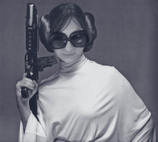From N64 to the Main Stage: How League of Heels brought wrestling fandom to the gaming masses
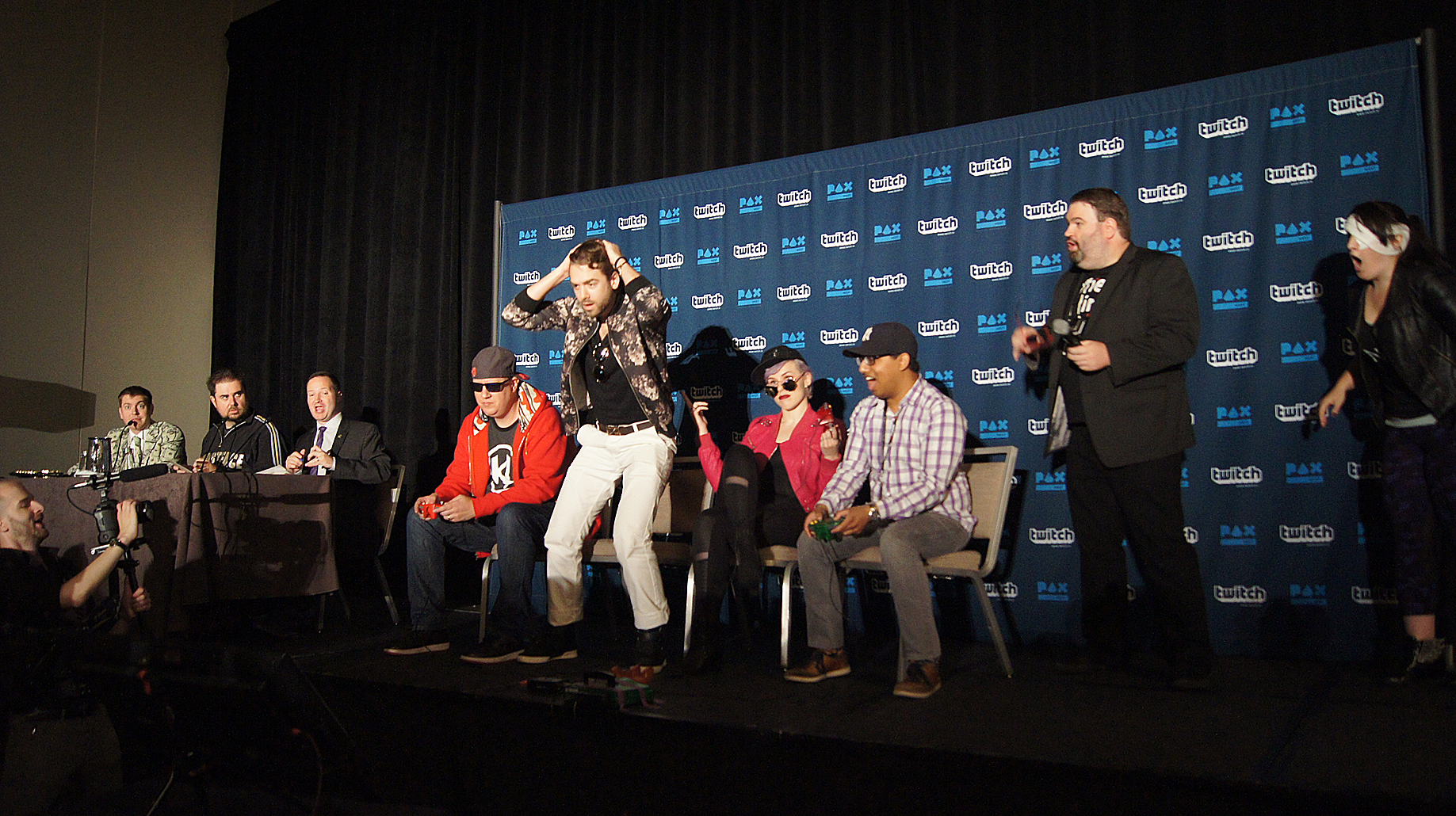
When you work in the gaming industry, life is hectic. There are months of crunch leading up to new releases. You’re traveling constantly during convention season, which seems to stretch longer every year, and can’t even enjoy the locales you visit because all you see is the inside of your company’s booth or meeting room. Changing jobs often requires a move to a new state or even country. You have to be careful about what you say on social media, even when you’re not technically on the clock. And if you want to get a group of pals together to play old Nintendo 64 games, you might have to schedule a panel and get it on a calendar.
This is exactly what Aaron Trites and some of his friends had in mind years ago when they were all working together at Harmonix. By day, they were working on games like the Rock Band and Dance Central series – that is, when they weren’t traveling around the world to promote them. Since conventions are often the only way to get a huge group of industry and industry-adjacent friends together, Trites and a few of his colleagues thought an event like the Penny Arcade Expo would be a good way to gather everyone to play retro wrestling games. With everyone way too busy to hang out much in an unofficial capacity, there was only one thing to do: pitch a panel.
“When Eric Pope, Alex Navarro, and I were all working at Harmonix around 2009… We were traveling to a ton of events at the time, and I remember we used to talk about trying to get enough friends together at one of these shows to play through a 30-person Royal Rumble match,” according to Trites. The trio were longtime fans of professional wrestling and the WWE, with both Trites and current Ubisoft Montreal Community Developer Pope citing the late-1990s WWE ‘Attitude Era’ as being influential during their high school years. It was a period defined by crudeness and shock value, and “I was so into it I got ‘Pope 3:16’ engraved on my yearbook,” Pope admits. Bringing that fandom over to the gaming industry was a natural fit, thanks in part to a long history of licensed WWE games.
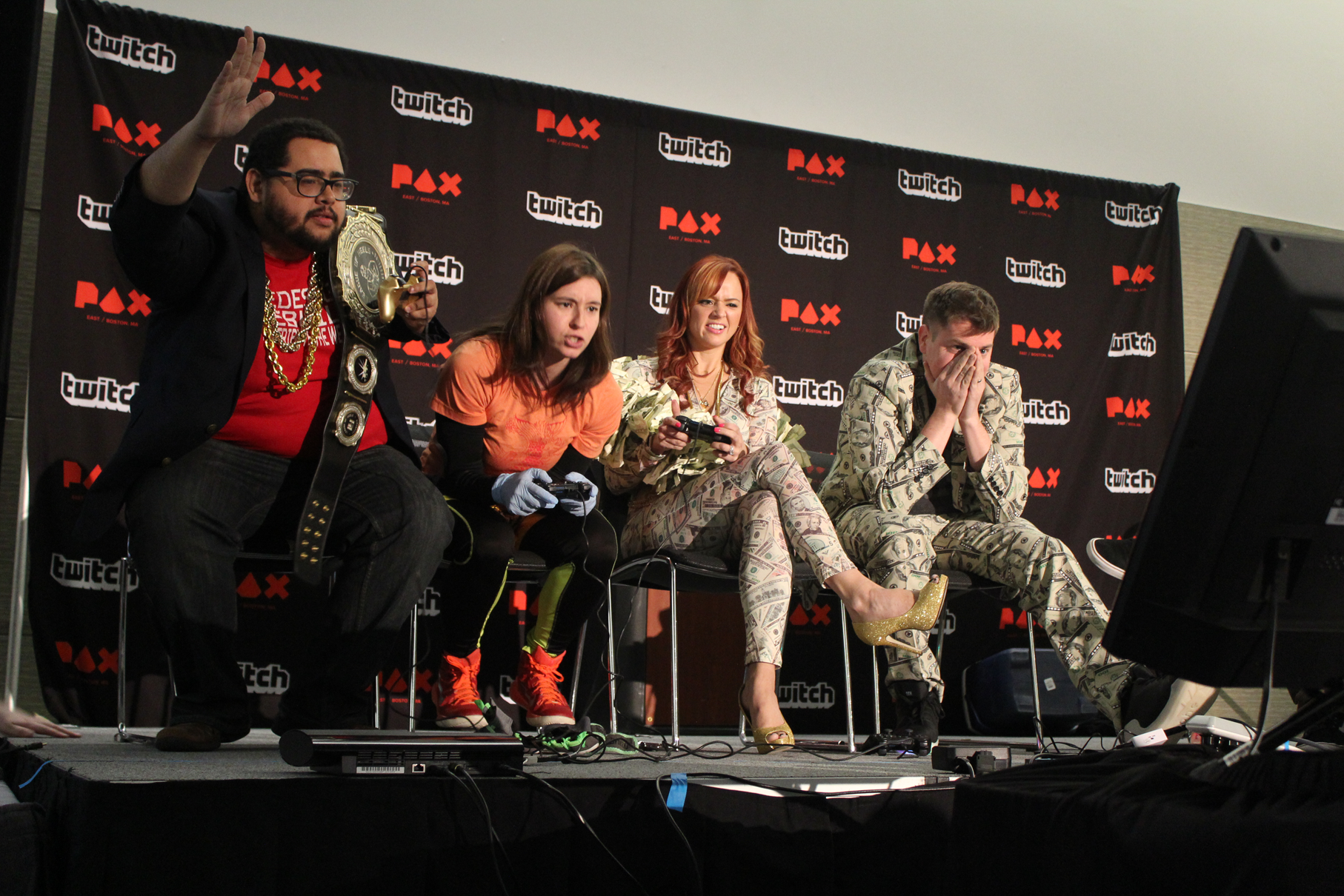
“It wasn’t until almost five years later that I pitched it as a panel for PAX East, thinking that we’d be more likely to get all those people away from their booths and press appointments if it was for something ‘official’ like a panel,” Trites said. As silly as that gambit sounds, it worked. The concept for the first PAX wrestling event was simple: gather 30 of the “finest personalities in gaming” to play a Royal Rumble match in Nintendo 64 game Wrestlemania 2000 while Trites and Pope offered color commentary. Dubbed the PAX Rumble, the event took place at PAX East 2014 in Boston, with an early Sunday slot in a modest, half-filled panel room. Despite low production values and general chaos, the Rumble was charming from the start; something about watching well-known industry folk and game journalists talk trash over a 15-year-old game resonated with the audience, and the participants themselves were clearly having a blast. It was successful enough that there’s been a wrestling event at every PAX East and Prime since, and actual WWE stars have gotten in on the fun via recorded promos.
So how did a goofy video game wrestling panel grow into a cross-country convention mainstay? Friendship, preparation, hard work, and dumb luck, to hear Trites tell it. “Not only did I not expect a video game wrestling panel to become a PAX staple, for a few years I didn’t think it would happen at all,” Trites said. He spends “somewhere between ‘way too much’ and ‘nowhere near enough’” time planning each event, which translates into 60-80 hours organizing, testing, and promoting each show. That’s not taking into account the dozen or so other people regularly helping out with logistics, selling merch, designing posters, making promo videos, and updating the website, which features photos, edited video, and extensive recaps of each event and contender. It’s a lot of work for something that started as a way to get friends to step away from their busy lives and play games together.
After a few successful runs, the panels started operating under the name ‘League of Heels’, a particularly fitting title. In wrestling, a ‘heel turn’ is when a good guy (‘babyface’ or ‘face’) shockingly shifts alliances and becomes a villain, and the PAX panels are notorious for these twists. Of course, a working knowledge of the WWE isn’t necessary to enjoy these events; some people just want to see a legendary game designer beat up a popular journalist while the recipient of the 2015 ‘Trending Gamer’ award berates the audience. Seeing well-known gaming personalities shed their public professionalism to fight each other in ongoing dramatic storylines isn’t just entertaining, it’s something you can’t really see on this scale anywhere else.
It helped that some of the players came to the digital ring with hilarious alter-egos right from the start: Giant Bomb’s Jeff Gerstmann became the now-infamous Dr. Tracksuit, a shouty, sunglasses-wearing ‘doctor’ in striped workout gear, while Iron Galaxy Studios’ Dave Lang showed up to the inaugural Rumble as D-Leazy, an abrasive villain in gold chains. “I have almost nothing to do with the individual characters,” Trites said, “which is why they’re the best part of the show!” More memorable roles have emerged over the years; Sony’s Director of Portfolio Strategy (and Harmonix alum) John Drake went from ‘The Underdraker’ to ‘Johnny Cashanova’, and can usually be spotted in a suit of dollar bills. Trin ‘The Trin Train’ Garritano of Cards Against Humanity chose her nickname because ‘Trin’ usually gets autocorrected to ‘train’ and has been known to go from politely reciting poetry to screaming obscenities (“Choo choo motherfuckers!”) at the drop of a hat. Ellation’s Alexa Ray Corriea turned heel and joined the nefarious Run GFB team at PAX East 2017, and she loved doing it because “I try not to be shitty in real life – so LOH is sort of my chance to just be totally batshit fucking nuts,” calling her wrestling persona the “Negaverse” version of her real-life personality.
Sign up to the GamesRadar+ Newsletter
Weekly digests, tales from the communities you love, and more
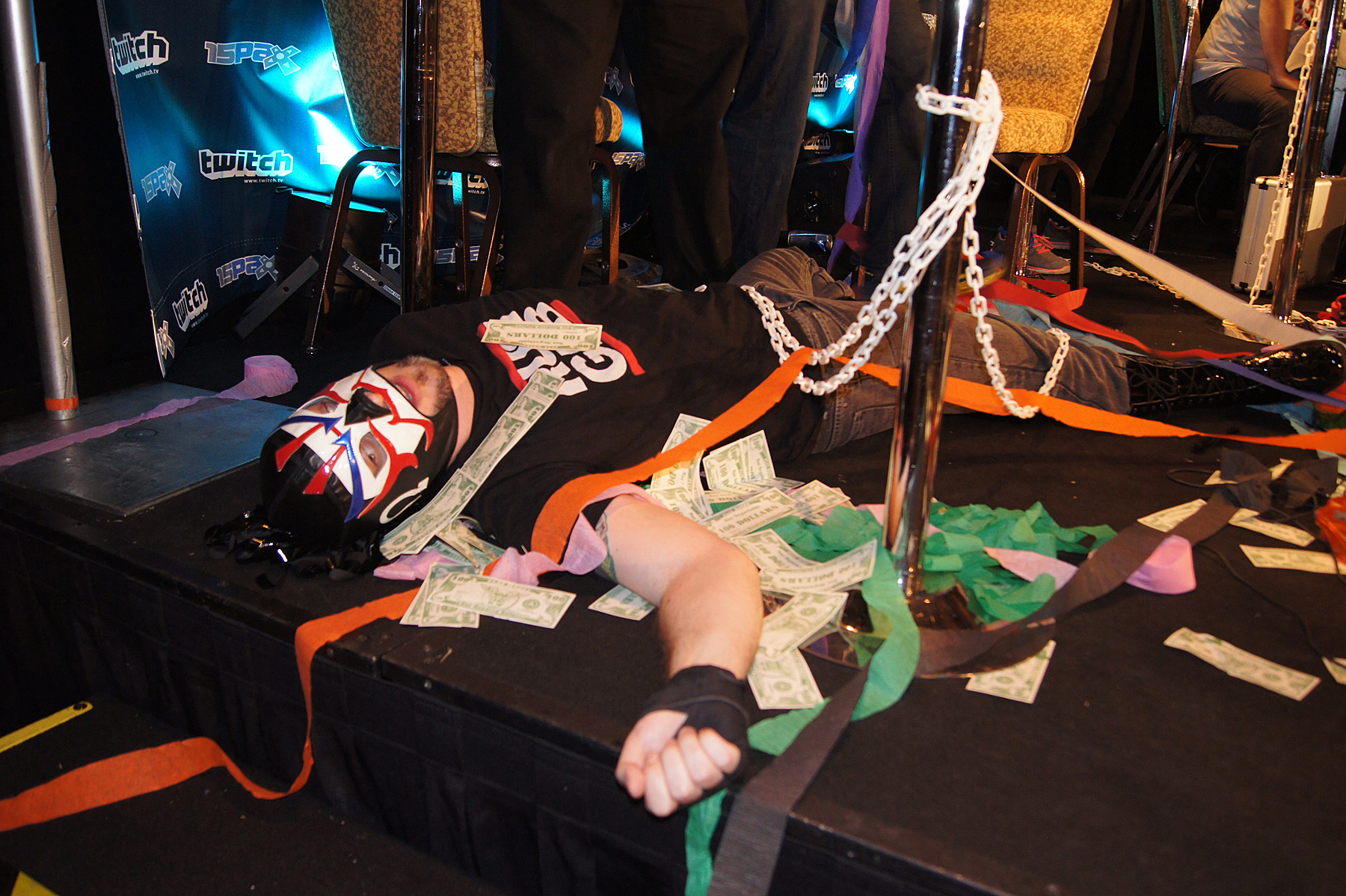
By PAX East 2015, Trites wanted to try something new, stating, “I knew I was going to burn myself out if I kept trying to put on that type of show over and over.” Thus, the more story-driven PAXAMANIA was born: “Just as much chaos, but spread over a greater variety of matches,” according to Pope. The format turned out to be a great way to increase the soap opera-esque drama while maintaining continuity, and set in stone the new League of Heels yearly schedule: PAXAMANIA in the spring, PAX Rumble in the fall (with a one-off Southern Slam at PAX South in 2016). This allowed for more coherent narratives, like the rise and fall of alliances of the evil Run GFB and the kinder Indie Love Coalition. League of Heels became a must-see event, and each show had fans lining up early with handmade signs supporting their favorite video game wrestlers.
The beauty of League of Heels is that even the participants are never quite sure if they’re having actual technical difficulties or it’s all part of the show. Muted microphones? Conspicuously absent competitors? Bodily injuries? It’s all in a day’s work. Maybe that’s why it’s so easy for Trites, Pope, and their merry league of misfits to keep rolling when something — or everything — goes wrong. By the time PAX Rumble III rolled around at PAX Prime 2015, the ‘shitshow’ had been featured on the WWE’s website, and a Dr. Tracksuit sign had been spotted in the audience at that year’s WWE SummerSlam. It was enough of a phenomenon to give the entire panel room pause when they were told to leave.
“When the Enforcers interrupted the show to tell us all to evacuate I sincerely thought it was a goof,” Pope told me. “Our friends are assholes who love pranks and this seemed a good prank”. It was not a goof — the entire building had to be evacuated in the middle of PAX due to a wayward production stunt at the wrestling panel, and “turn on the fog machine” became a rallying cry of sorts that haunts League of Heels to this day (often led by Commissioner Greg Miller of Kinda Funny fame). It’s no surprise that this resonated with fans: the League’s history of technical issues only add to its charm and shock factor. Ultimately, it doesn’t matter if the mics don’t work, the stars are injured, or the fire alarms are sounding; the show will go on.
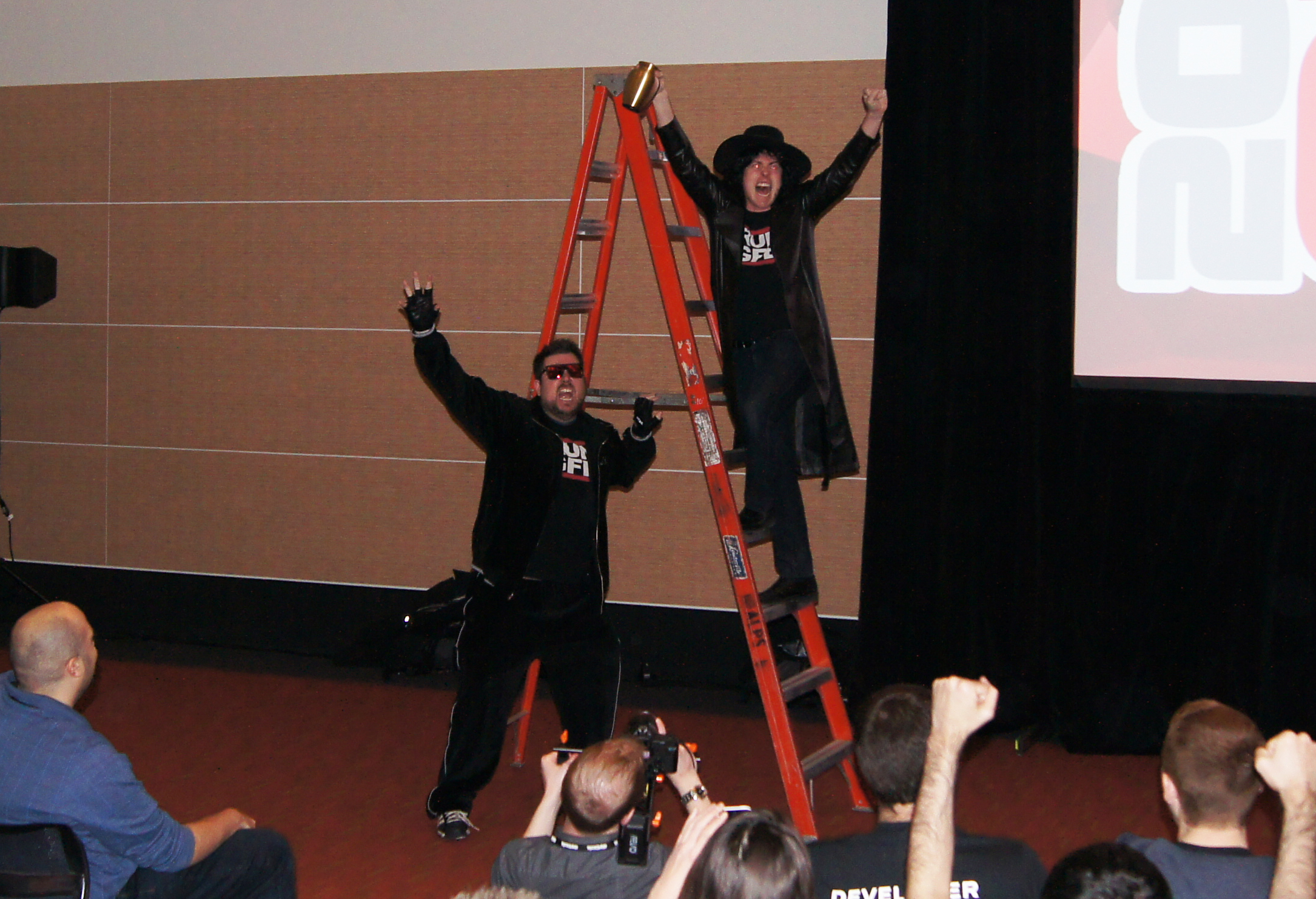
Outside of League of Heels, these video game wrestling superstars are relatively normal people with careers, families, pets. They make games or write about games or market games or maybe just like video games a whole lot. In the proverbial ring, their personas take over, and there’s something really magical about seeing a mild-mannered community manager break a glass bottle over the head of a well-known game journo. Underneath all the broken fake glass and torn Achilles’ tendons, there’s a deep sense of friendship holding the entire production together, according to all the participants we talked to. As Trites puts it, “My favorite part about being a video game wrestling promoter is still hanging out with my friends… I just build the sandbox, it’s the maniacs that show up and play in it that make it such a ridiculous production. Having a wrestling league made up of millionaires, witches, wizards, ghosts, detectives, doctors, and snake men makes the promoter’s job a hell of a lot easier.”
The original founders of League of Heels no longer work at the same place or even live in the same city. But a few times a year, they’re lucky enough to come together and make a couple dozen of their closest pals fight each other under the vague guise of a love of wrestling, and fans can’t get enough.
Sarah is a freelance writer, editor, and consultant. Her work has appeared on websites including IGN, Polygon, Variety, NBC News, Nerdist, Ars Technica, GamesRadar, and more.
